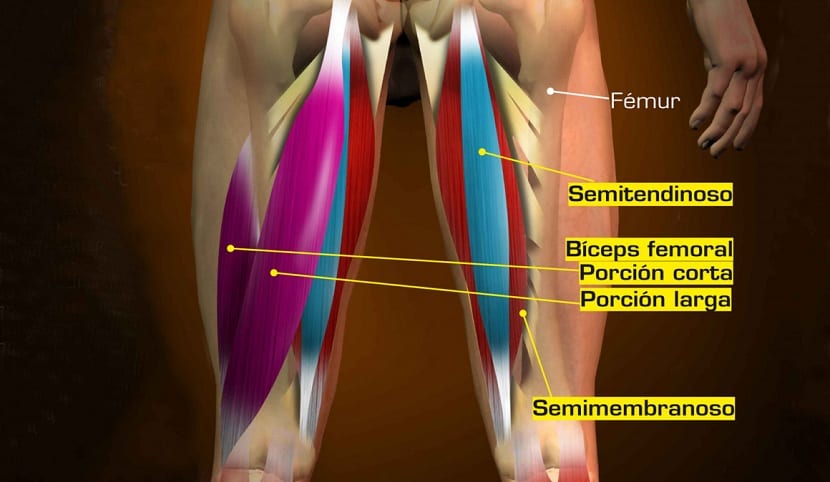
It's normal to see people who go to the gym doing tremendous full torso workouts. Well developed pecs, gigantic arms and aiming to mark the abs. However, the legs are that part of the body that is somewhat more forgotten since their training is normally exhausting, less satisfactory and less aesthetic. It is rare for someone to stand out for their legs unless they are a footballer or an athlete.
In this article we are going to talk about muscle femoral biceps and the importance of your training in conjunction with the rest of the leg muscles. Do you want to know its importance and how you should train it?
Leg training
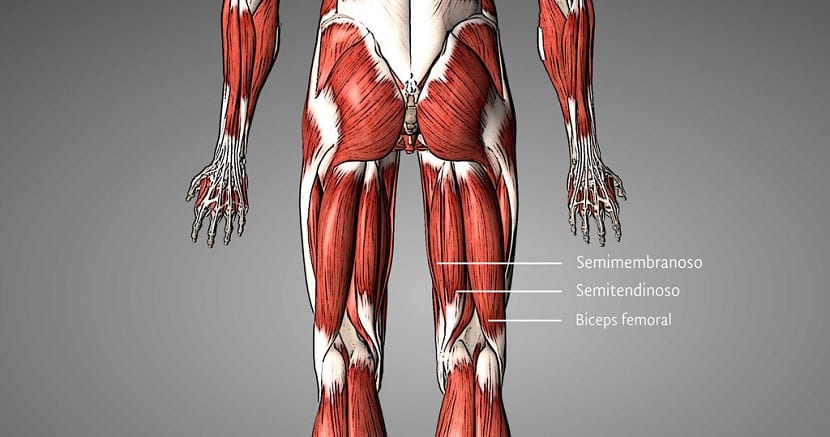
For all who are in a process of muscle gain you should know that much of the production of testosterone occurs in the legs. This hormone is responsible for muscle growth and, therefore, we are interested in having it in high concentrations. The leg muscles are large, except for the calf. They are responsible for allowing you to walk and run.
There are some muscles in the legs that are more neglected than others. In general, everyone worries about having a great quadriceps whether for aesthetics, for cycling or for playing soccer. However, there are muscles like the biceps femoris that are of great importance. This muscle is at the back of your legs. It is the antagonist of the quadriceps. It is commonly known as the femoral.
This muscle is quite important for runners since they are the ones that make up the hamstrings. The biceps femoris is composed of two points and two parts in which it has a long head that is the one that is attached to the ischium and the lower part that ends up attached to the femur bone. These two heads of the femoral are what allow us to flex the knees. In addition, the part of the long head is responsible for collaborating with the extension of the hip.
When we start running, we can stretch our legs well thanks to the flexion and extension of the knees in each of the strides and this movement is activated by the biceps femoris.
Importance of caring for the biceps femoris
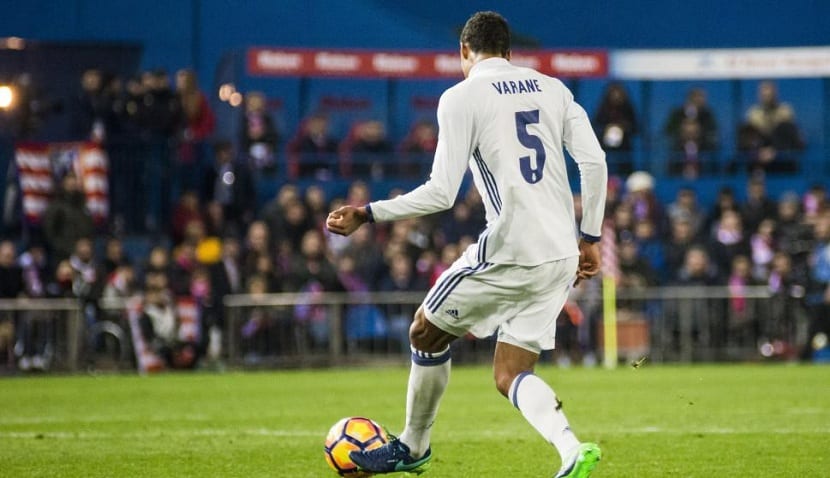
As I mentioned before, there are many people who go to the gym and do not do their legs. They do not train the lower body at all or do some quadriceps and calf exercises that are aesthetic. However, they should know that muscle growth is not something isolated. Many muscles limit the growth of others. For example, the pectoral cannot grow well without a good broad back where it can spread. In the same way, the quadriceps cannot grow well without the opposing muscle serving as resistance and support for better growth and stability.
On the short head of the biceps femoris we find the fibular branch of the sciatic nerve. The long head is innervated by the tibial branch of the sciatic nerve. For this reason, when it hurts a lot when walking and part of our back is touched, we say that we have "sciatica." The sciatic nerve is the one that begins in the lower back and runs through the buttocks as well as ends in the lower leg.
For this reason, when training the femoral, some aches and pains always appear until the muscle begins to undergo adaptations and they don't even come out. Shoelaces when we train. The first weeks that we start training legs, they are the muscles that suffer the most and the ones that hurt the most when we have stiffness. And it is that in the femoral is the longest and widest nerve in the human body.
It is vitally important to train this muscle well with a head and give it the care it deserves, as we already see the role it plays.
Stretching and massage
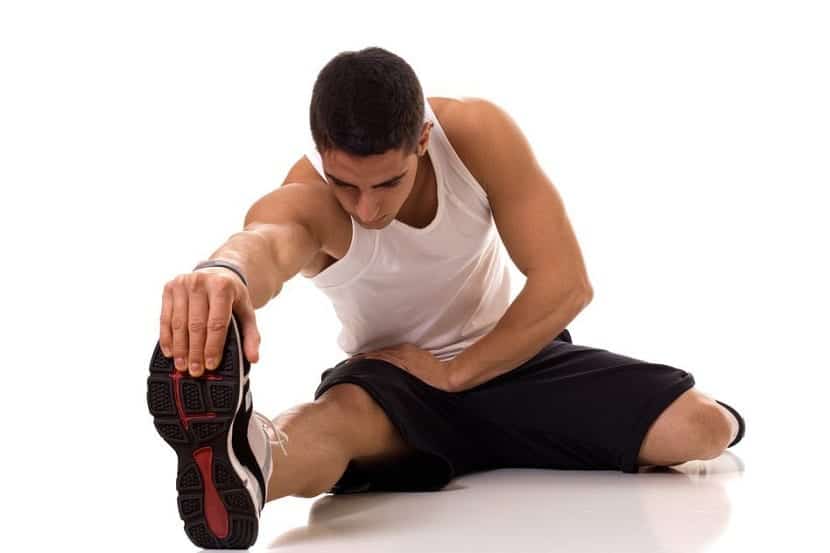
Among the care we have to give to our hamstring we find stretching before doing any exercise and a massage after doing it. The first thing is to sit on the floor and extend the right leg. We bend the left knee to place the foot against the right inner thigh. In this way, we can lift the left foot as close to the pelvis as possible.
We lean forward and reach out to try to catch the tip of our right foot. We will be noticing the stretch in the femoral. This stretch should not be done abruptly or we may injure ourselves when we are looking for the opposite. Once we have placed ourselves in We try to hold the stretching position for 10 to 30 seconds. We will repeat this stretch about 3 or 4 times to be able to have it well stretched. It is best to alternate the leg so that the muscle can rest from the stretch.
The angle of the knees can be modified to stretch the different parts of the hamstring muscles. Some activities where we learn to train and take care of our biceps are in yoga, Pilates and swimming. In addition, in these activities you can gain a greater mobility and flexibility regime.
After finishing the activities you can resort to performing a massage on it. With a chair and several tennis balls you can give yourself to calm the muscle of the stress submitted. The ideal is to put yourself in the hands of a professional masseuse, but the budget does not reach many people for it.
Injuries to the hamstrings
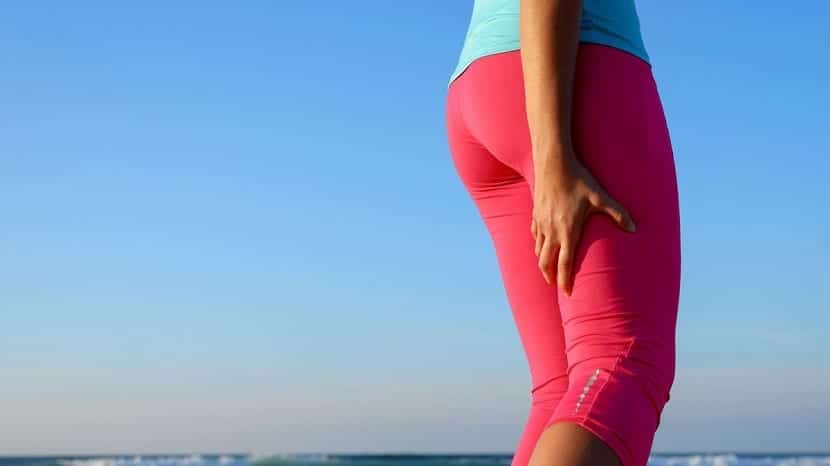
Now we are going to move on to the most typical injuries that we can find when performing physical activities with this muscle:
- Contracture of the biceps femoris. This creates tightness and pain in the back of the muscle. There may be some kind of swelling and some bruising. It is treated with rest, ice, and elevation of the leg at rest.
- Tear. The tear is a more serious injury that is produced by fibrillar tears. The pain is very intense and you can see swelling and bruising.
- Tendinopathy The famous tendonitis of the biceps femoris. It is the back of the knee where the tendon is located. The inflammation hurts and inserts into the bone. There may be pain when bending the knee and some stiffness the following days.
I hope that with this information you will learn how to take care of and train the biceps femoris well.